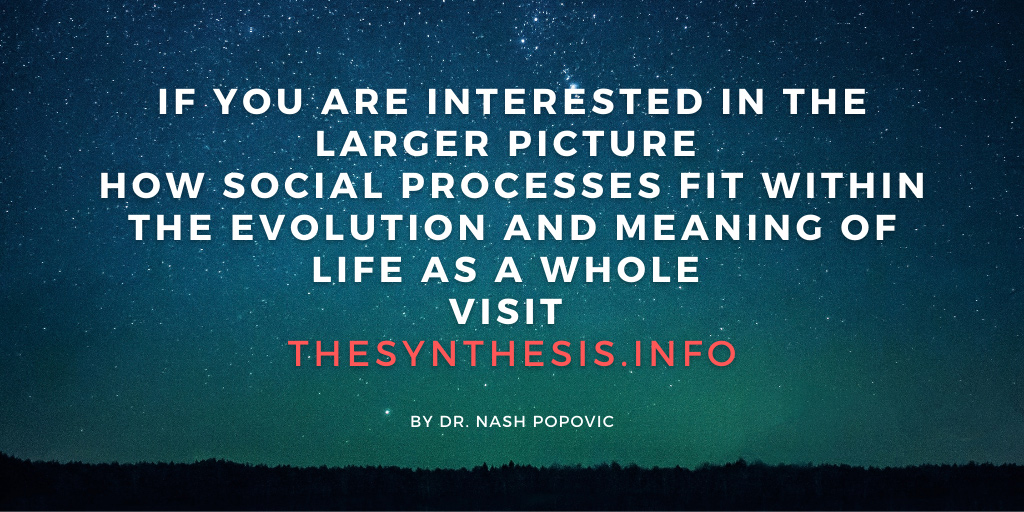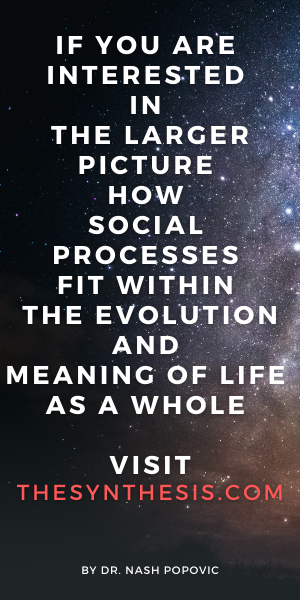We learn or receive through observing, experiencing, studying. But how reliable is all that? Many intellectual castles have been built on sand; we cannot take for given that there is a firm ground to start off from. This is not to say that nothing can be done about it – we can endeavour to make more reliable foundations. The first three principles in this part are a bid to do so.
Constructed and Real
It is tempting to assume that we perceive reality as it is, but this is not the case. We, in fact, reconstruct reality in our minds. Let’s take a simple example: an image of a cat is projected onto the back of your eye, but upside down. Your brain then flips it over again, so that you can perceive the image the right way up. And this is not all – your mind keeps correcting your perception all the time. For instance, if you look at a door from aside, you perceive it as a rhomboid but it is still a rectangle in your mind. You see only one half of a person behind a desk, but you think of them as a whole; you see train lines converging in the distance, but you assume they are parallel. It is fair to say that we constantly reconstruct reality and, in fact, we are really aware only of these constructs – the content of our mind, rather than reality as such. But shall we conclude from this that everything is just a construct and that we can ignore reality ‘out there’, independent from our constructs? This would be a stretch. For instance, bats, moles and humans construct reality in very different ways. Bats use sonar, moles rely on smell and touch, and humans mostly on their eyes – yet, they would all avoid the same object if it was in their path. Their perceptual constructs would be very different and yet they would all recognise that there is something out there to be avoided. This suggests that it is likely that our perceptual constructs correspond, at least to a degree, to something independent of them. We may never be able to cognise that reality fully, but this doesn’t mean that it doesn’t exist and that it doesn’t matter.
If you are also interested in personal development that can help you make some evolutionary changes in your own life please visit personalsynthesis.com
One may wonder, what does this have to do with social issues? Well, a misguided view that we perceive reality as it is tends to lead to singular, monolithic and dogmatic ‘truths’; on the other hand, a view that everything is just a construct easily gives rise to ‘anything goes’, as there is no objective way to judge which construct is better. We have witnessed the terrible consequences of the former in the single truth of Soviet-era Communism (or North Korea today), and an extreme of the latter in ‘Trumpism’ in the US, characterised by the wide spread disregard for the facts.
The first principle, then, is that both constructs and reality matter and need to be taken into account. This is not to say that there is one-to-one correspondence between these two – our constructs are always based on selections from reality that is ultimately infinite. Let’s consider again that cat we mentioned above. We perceive the cat as a discrete entity of a particular shape. We can distinguish its head, eyes, limbs, fur, and so on. At the same time, every cell in the cat’s body and the DNA within these cells vibrates. The cat can also be perceived as a set of these vibrations (which is normally not accessible to us). Both perceptions are true, and both are limited. There are many other possible perceptions. So, no truth is complete or a finished product.
Still, some truths are more complete or closer to reality than others. For example, that human activities contribute to climate change is not a question of my truth against yours – it is reality, a fact. We can believe it because the experts in the field can, through their instruments and long term measurements, perceive things better than we are normally able to do (unless, of course, all of them for some inexplicable reason conspire to deceive us). And bats, moles and humans will feel the reality of this change irrespective of what sensory apparatus they are using, just as they all sense an object in their path. The fidelity of our constructs to reality does matter.
One may wonder though, if we are not able to capture reality fully and can operate only with constructs, is truth not always and necessarily relative to our perspective or context? Is there a place for universal truths? This we will consider next.
Relative and Universal
Relativism is a doctrine that maintains that there is no universal, objective truth, and yet its advocates cannot escape universal truth, as much as they try. After all, saying that there is no universal truth is an assertion that claims universality. It is not surprising that those who have fought various ‘isms’ of modernity have fallen into traps of their own ‘isms’ (such as post-modernism) and are often as dogmatic if not more than those they criticize. Perhaps it is time to recognise that relativism has a point but only to a degree. Relative and universal do not have to be mutually exclusive. Einstein came up with two theories of relativity, but such relativity is inextricably linked to the universal truth of E=MC2. The truth, as expressed in this famous formula, is likely to be valid everywhere, even on planets we have never seen and don’t know about. Such universal truths are not only the domain of science and mathematics but can also be found in many human experiences and even in art. For example, we may differ in our preferences for music, but most people would agree about whether someone is playing in tune or out of tune even if that music comes from a different part of the world or a different culture. Here too, some things are relative and some are universal.
What about social interactions: morality, economy, politics? Are there some universal truths in these fields? Let us take a simple example: it is wrong to kill. But what if it is in self-defence? But, what if I am defending myself from the police pursuing me because I committed a crime? But what if the police are acting on behalf of a repressive regime? But what if I consider this regime repressive because it prevents me from having sex with children? We can go on and on flipping or challenging our conclusions. And yet, the very understanding of these difficulties implies that there might be some common ground. If a family sells their eight-year-old daughter into an arranged marriage with a forty-year-old man and she dies from internal bleeding after the marriage is consummated (as happened recently in Yemen), should or should it not be universally abhorrent? Just because we don’t seem to be able to write such principles in equally simple terms as E=MC2, it doesn’t mean that they don’t exist.
But, perhaps, we all may be hostages of our time. Some people take the view that all truths that we come up with depend on their historical context. Let’s see how far this view deserves to be taken on board.
If you are also interested in the larger picture – how these social processes fit within the evolution and meaning of life as a whole, please visit thesynthesis.info
Inside and Outside perspectives
That we are a product of the time and space in which we live is true, but that we are only a product of our time and space is going too far and suffers from the same problem as other relativistic doctrines: every claim is a product of its time and space, but the claim that asserts that. Such a privileged position is hard to justify, and it doesn’t seem to be necessary. We seem to be occasionally capable of taking a ‘bird’s eye view’ for a moment and seeing things, as it were, from the ‘outside’ (only to fall back, of course, into our own time and space the next moment). The philosopher Tomas Nagel calls it, fittingly, ‘the view from nowhere’. We can take that view even in relation to the content of our own minds, as in meditation, for example. In a meditative state, we can find ourselves observing our thoughts, desires, emotions and images as if from a distance. Some would even claim that this is what meditation is about. There is no reason why the same cannot be possible when we contemplate social events of which we are a part. In fact, if there were not ahistorical truths, we would not have much use for history. If there was not something that is relevant and resonates with generations from different times, we would not bother with unearthing and preserving the wisdom (as well as the follies) of those from the past.
Moreover, being immersed in something and taking a wider perspective are not mutually exclusive – in fact, the synthesis of these two perspectives can provide a more complete view of social issues. Both are recognised and acknowledged in these materials. The view from the outside is important in order to be able to create an alternative future, while the view from inside is important for creating a bridge between the present and that alternative future. A challenge, in this case, is to avoid objectification on the one hand, and sympathy (biases, likes and dislikes) on the other, as this can create a vicious circle (e.g. objectification can be used to justify one’s biases). If these are successfully bracketed, something that could be called a broad empathic understanding can emerge. Taking a broad empathic understanding is important, as empathy without the wider perspective can be narrow, and broad understanding without paying heed to first-hand experiences can be indifferent.
It is clear from the above that we are not passive in receiving information. This is even more apparent in the next stage, the processing, to which we will now turn.


